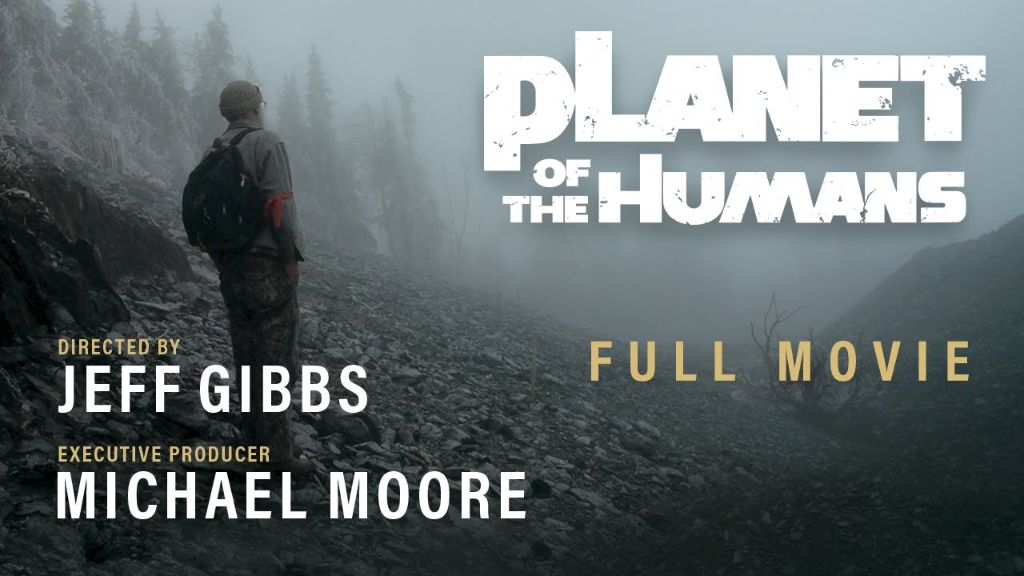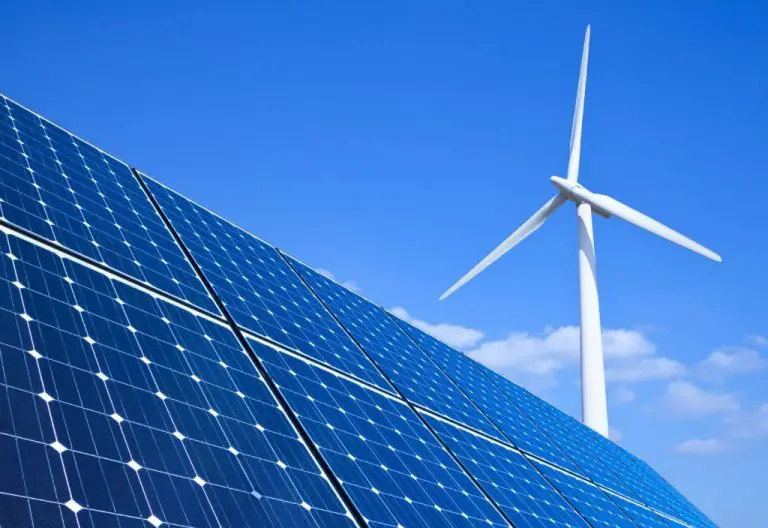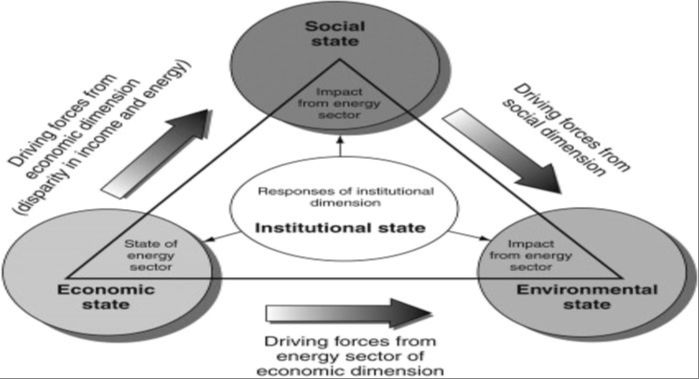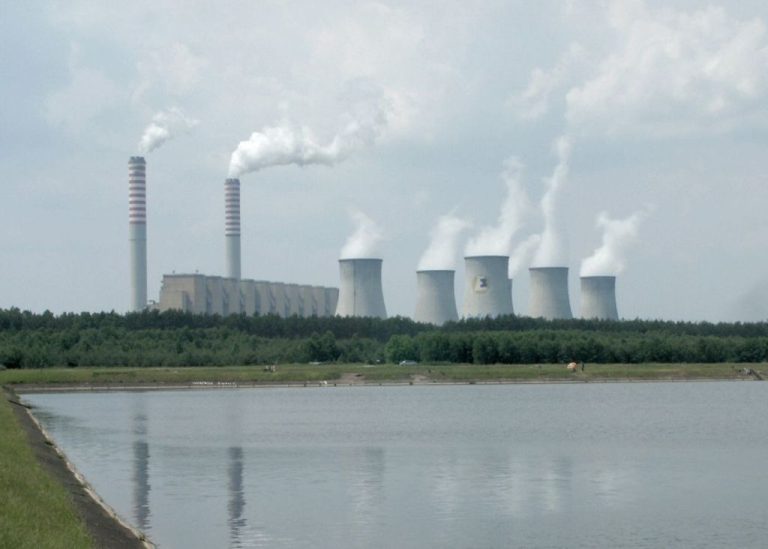What Is The Renewable Energy Documentary On Netflix?

Renewable energy is currently one of the most pressing topics facing society. With concerns about climate change and the environmental impacts of fossil fuels growing, there has been increasing interest in transitioning to cleaner energy sources like solar, wind, and hydropower. Documentaries exploring renewable energy have emerged as an influential medium for raising awareness and shaping public discourse on this issue.
Major streaming platforms like Netflix now host a range of documentary films examining renewable energy from different perspectives. These documentaries have proven popular, attracting large viewerships. They present renewable energy in both a hopeful and critical light, inspiring action while also questioning the technical and economic feasibility of rapidly transitioning away from fossil fuels.
Overview of the Documentary
The renewable energy documentary currently available on Netflix is called Catching the Sun. It was released in 2015 and directed by Shalini Kantayya. Catching the Sun explores the race for a clean energy economy through the stories of unemployed American workers seeking jobs in the solar industry.
The film shows how countries like China and Germany are leading the way in renewable energy adoption and manufacturing, while American politicians debate the merits of going green. It highlights the hopes of unemployed blue-collar workers trying to get jobs in the solar industry as the US economy struggles to recover from the Great Recession.
Catching the Sun premiered at the Los Angeles Film Festival in 2015 before being picked up by Netflix for distribution in April 2016, coinciding with Earth Day.[1]
[1] https://www.sustainablebusiness.com/2016/04/watch-catching-the-sun-on-netflix-55538/
Focus of the Documentary
The Netflix documentary focuses primarily on solar and wind energy as major renewable energy sources. It showcases large-scale solar installations like the Ivanpah solar plant in California, which is one of the biggest solar thermal power facilities in the world (Taylor Hopkinson). The film also examines wind farms across the United States, especially in Midwestern states like Iowa which generate a substantial amount of their electricity from wind turbines. According to the documentary, solar and wind energy are the fastest growing renewable sources in America, with declining costs and increasing efficiencies enabling their rapid expansion.
In addition to solar and wind, the documentary gives an overview of other clean energy technologies including geothermal, biomass, and hydropower. It provides statistics on the percentage of U.S. electricity generated from each renewable source. However, the main focus remains on solar and wind, which are positioned as the energy sources that will drive the transition away from fossil fuels.
Key Messages
The documentary makes several key arguments about renewable energy. It claims that renewable energy like solar and wind is ineffective and more polluting than fossil fuels, according to Forbes. The film argues that renewables require large amounts of land and materials like concrete, making their carbon footprint larger. It also contends that renewables are an expensive distraction from real climate solutions. However, these arguments have been debunked by climate scientists, who say the data in the documentary is misleading or exaggerated. The key message seems to be skepticism about renewable energy’s capability to fully replace fossil fuels.
Cinematic Techniques
The renewable energy documentary on Netflix, called Catching the Sun, uses various cinematic techniques to engage viewers and drive home its message about the potential of solar energy. According to the Sustainable Business website, the filmmaker Shalini Kantayya uses beautiful cinematography and aerial drone footage to showcase massive renewable energy infrastructure and developments happening around the world (https://www.sustainablebusiness.com/2016/04/watch-catching-the-sun-on-netflix-55538/). The documentary also features insightful interviews with solar entrepreneurs, climate change experts, and green energy advocates who provide context around the climate crisis and reasons for optimism. By combining stunning visuals with compelling narratives from those deeply invested in renewable energy, Catching the Sun aims to inspire viewers and show how solar power can transform the world’s energy systems.
Critical Response
Reviews from critics of the renewable energy documentary on Netflix have been mixed. Some praised the film for raising important questions about renewable energy, while others criticized it for promoting misleading claims.
According to a review in Forbes, the film “contends that the Earth can’t be saved by swapping fossil fuels for renewable energy” and promotes the idea that “the environmental movement has taken society down the wrong path.” However, the review argues that the film relies on cherry-picked data, outdated information, and misleading claims about renewables. The review concludes that the documentary “leaves audiences with a bleak and distorted view of the status and potential of renewable energy.”
In contrast, a review from The Guardian called the film “an important, thought-provoking documentary,” arguing it raises legitimate concerns about corporate ties in the renewable energy industry. However, The Guardian review also notes the film has “blind spots,” particularly around improvements in renewable technology.
Overall, while some reviewers highlighted valuable questions raised, others argued the documentary relies too heavily on cherry-picked or outdated information to support an overly pessimistic view of renewable energy. The debate around the documentary echoes larger discussions regarding the real-world limits and challenges for renewable energy at scale.
Impact
The documentary has had a significant influence on public perception and policy regarding renewable energy. According to the Taylor Hopkinson article renewable-energy-videos | Taylor Hopkinson, the film helped demonstrate the rapid growth of clean energy in America, inspiring more public support for a transition away from fossil fuels. By vividly showcasing successful renewable energy projects across the country, the documentary made a compelling case that renewable energy is viable and rapidly scaling up.
This contributed to shifting attitudes among policymakers as well. As noted in the Shipley Energy overview of top Netflix energy documentaries The Best Netflix Shows to Learn About Energy, the film highlighted how support at the state and local levels is driving renewable growth, even when facing opposition federally. Seeing this momentum likely bolstered efforts by many lawmakers to enact more pro-renewable policies. Overall, the documentary played a key role in accelerating the energy transition in America by generating greater public and political will for renewable energy nationwide.
Related Films
There are several other notable renewable energy documentaries that complement the focus of the Netflix film or provide additional perspectives on the topic:
Harnessing the Sun and Wind: Inside Our Renewable Energy Future is a YouTube documentary from Seeker that examines how renewable energy sources like solar and wind are transforming the energy landscape worldwide. It provides an in-depth look at the technology and infrastructure powering the renewable energy revolution. (Source)
The BBC documentary Renewable Energy: The Facts provides a broad overview of various renewable energy sources, including solar, wind, biomass, geothermal, and hydroelectric power. It explores the potential benefits and challenges of transitioning to renewable energy on a global scale. (Source)
Solar, the Greg Barker documentary available on Netflix, examines the history and increasing competitive viability of solar panel technology. It profiles early solar pioneers and companies working to expand solar adoption worldwide.
These and other films provide additional context and perspectives to enrich the Netflix documentary’s core examination of the renewable energy landscape.
Renewable Energy Landscape
The renewable energy sector has seen tremendous growth and adoption in recent years. According to the International Energy Agency (IEA), renewables accounted for over 27% of global power capacity by the end of 2020. The additions of renewable energy capacity set new records in 2020, with 90% coming from solar PV and wind. The IEA reports that global renewable electricity capacity is set to expand by over 60% between 2020 and 2026, driven by solar PV and wind.
Solar and wind are now the cheapest sources of new electricity generation in most markets, according to the latest data from BloombergNEF. The levelized cost of electricity (LCOE) continues to decline for solar PV and onshore wind. Emerging markets like India, Vietnam, and sub-Saharan Africa are seeing rapid growth in renewable installations.
The falling technology costs, supportive policies, and rising investments have driven the shift to renewables along with the pressure to meet climate goals like net zero emissions. But renewable energy still faces challenges like policy uncertainties, grid integration complexities, and supply chain constraints that need to be overcome to accelerate the transition.
Conclusion
In summary, the documentary provides an insightful look into the development and impact of renewable energy. Its focus on key innovators and technologists brings to life the important breakthroughs that have enabled renewable energy to gain momentum. The cinematic techniques and critical response help convey the documentary’s key messages about the pressing need for and exciting potential of clean energy alternatives. It serves as an educational and empowering film that underscores why transitioning to renewable energy is critical for the future of our planet. This documentary makes a compelling case for the environmental, economic, and social benefits of pursuing more sustainable energy solutions.





